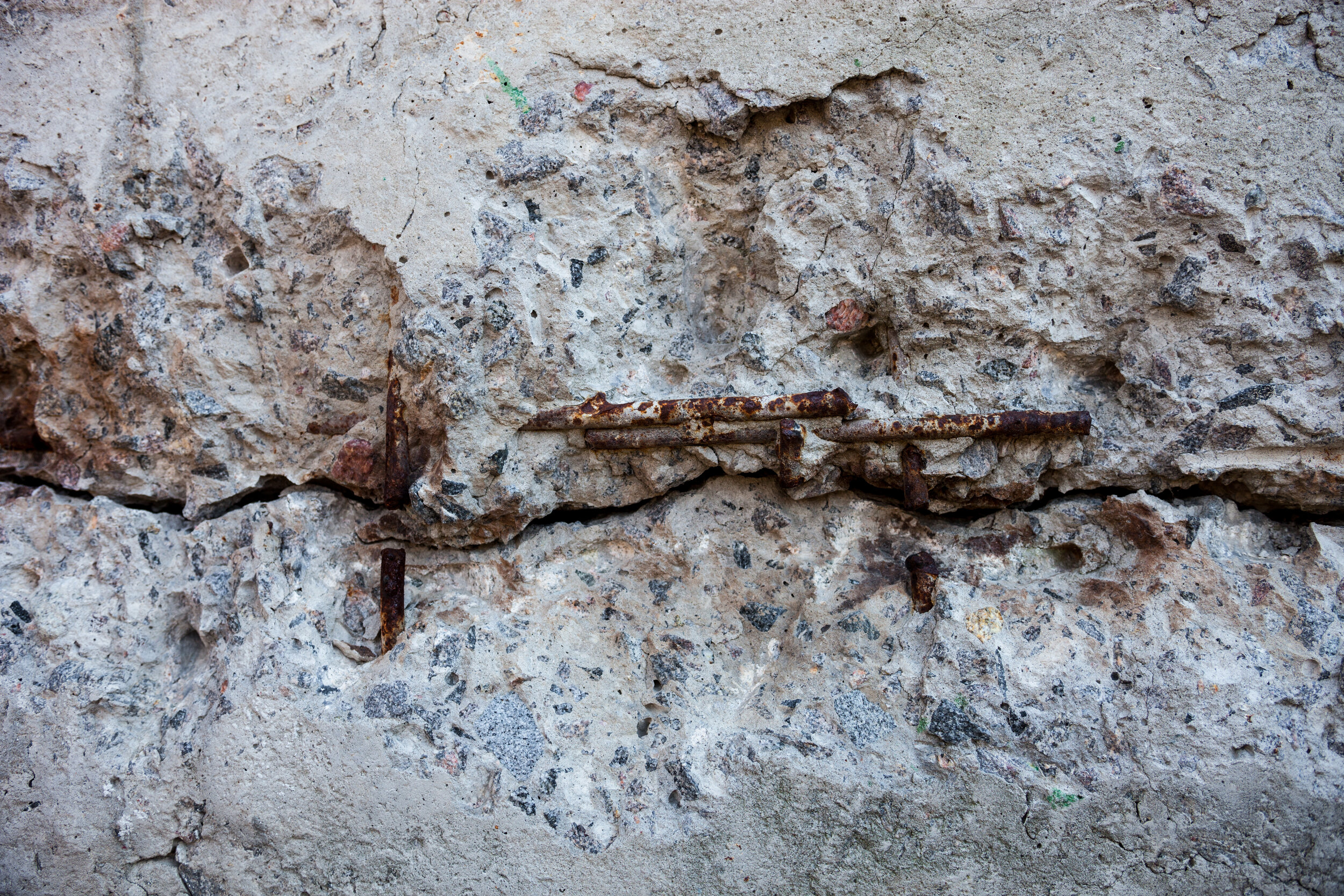Concrete Corrosion Risks for Foundation Walls & Basements in Delaware, Maryland, & Virginia
"Risk of corrosion" pertains to potential soil-induced electrochemical or chemical action that corrodes or weakens the concrete. The rate of corrosion of concrete is based mainly on the sulfate and sodium content, texture, moisture content, and acidity of the soil. Special site examination and design may be needed if the combination of factors results in a severe hazard of corrosion. The concrete in installations that intersect soil boundaries or soil layers is more susceptible to corrosion than the concrete in installations that are entirely within one kind of soil or within one soil layer. The risk of corrosion is expressed as "low," "moderate," or "high." (USDA, NCRS Soils, n.d.)
Corrosive soils contain chemical constituents that can react with construction materials, such as concrete and ferrous metals, which may damage foundations and buried pipelines. The electrochemical corrosion processes that take place on metal surfaces in soils occur in the groundwater that is in contact with the corroding structure. Both the soil and the climate influence the groundwater composition. Concrete is rarely if ever, attacked by solid, dry chemicals. To produce a significant attack on concrete, aggressive chemicals must be in solution and above some minimum concentration.
Factors that influence soil corrosion are:
Porosity (aeration)
Electrical conductivity or resistivity
Dissolved salts
Moisture levels
Low pH The corrosivity of soils can be estimated by measuring soil resistivity. Sandy soils are high on the resistivity scale and therefore considered the least corrosive. Clay soils, especially those contaminated with saline water are on the opposite end of the spectrum.
Want to know more about your dirt?
Soil scientists can be consulted to perform in-field soil profiling and site evaluation. A surveyor may have to perform elevation/slope evaluations if the building is on an atypical (i.e. not fairly flat/level) site, such as a hillside. You can also find out about the archived soil profile information managed by the USDA’s NCRS through their Web Soil Survey (WSS) application found at (hyperlink to USDA NCRS WSS portal)
Why it matters…
Basement or foundation walls in direct contact with high chlorate, low PH, or sulfate soils and water are particularly at risk of externally generated corrosion, which can be due to the penetration of chloride solutions or the acid created by the sulfate-water solution that attacks the cement binding materials and mortar joints. If left unaddressed, the concrete and masonry in the wall will begin to deteriorate to the point where it is no longer able to withstand hydrostatic pressure and other forces—eventually leading to water intrusion and/or structural weakness.
Landscape architects are good resources for determining the best stormwater management designs for your building site, and this removes or diverts much of the water needed to create the acidic or saline solutions causing the corrosion of the foundation and basement walls. You can find out information on foundation and basement waterproofing on the Internet. One good source is (hyperlink to Whole Building Design Guide Organization Site)


